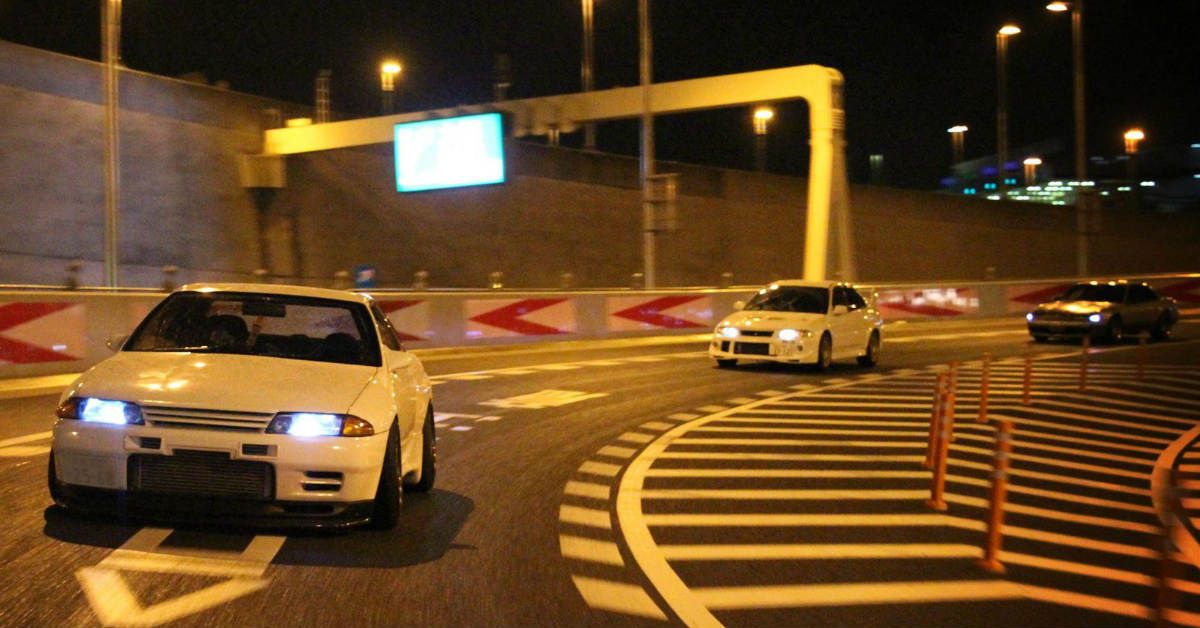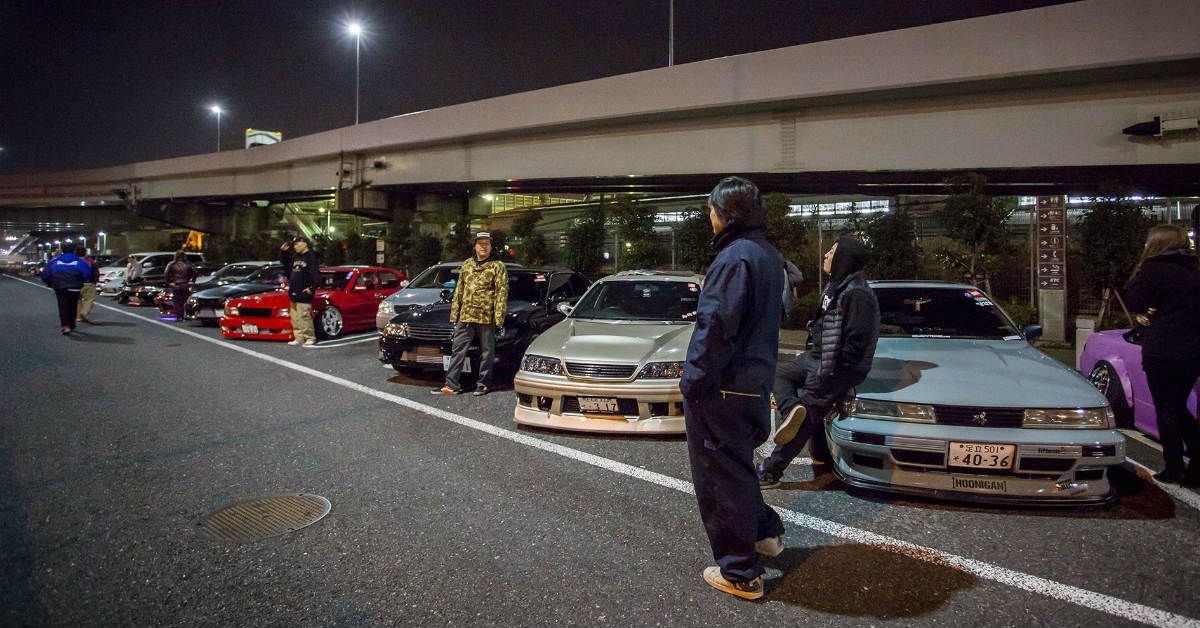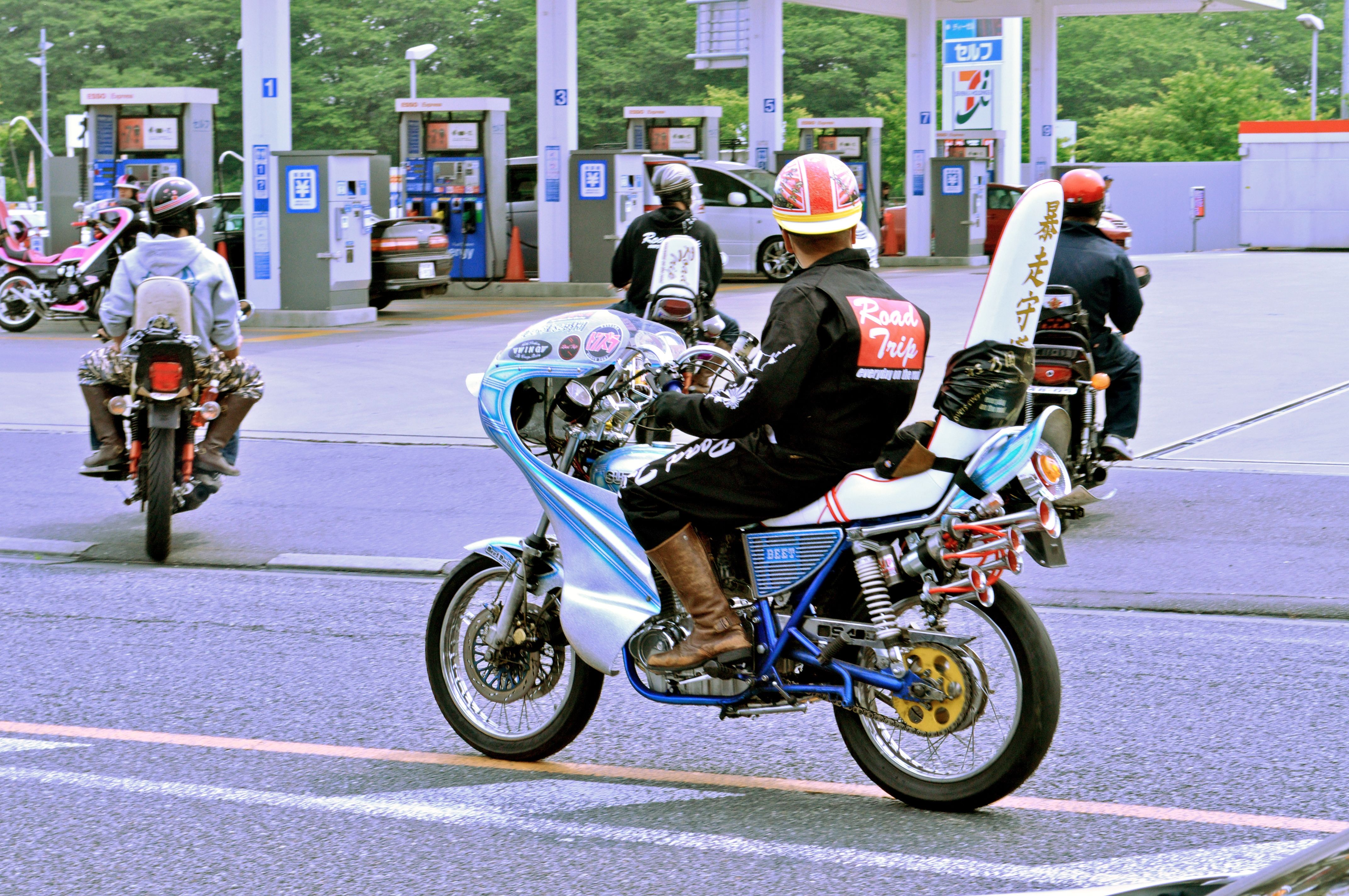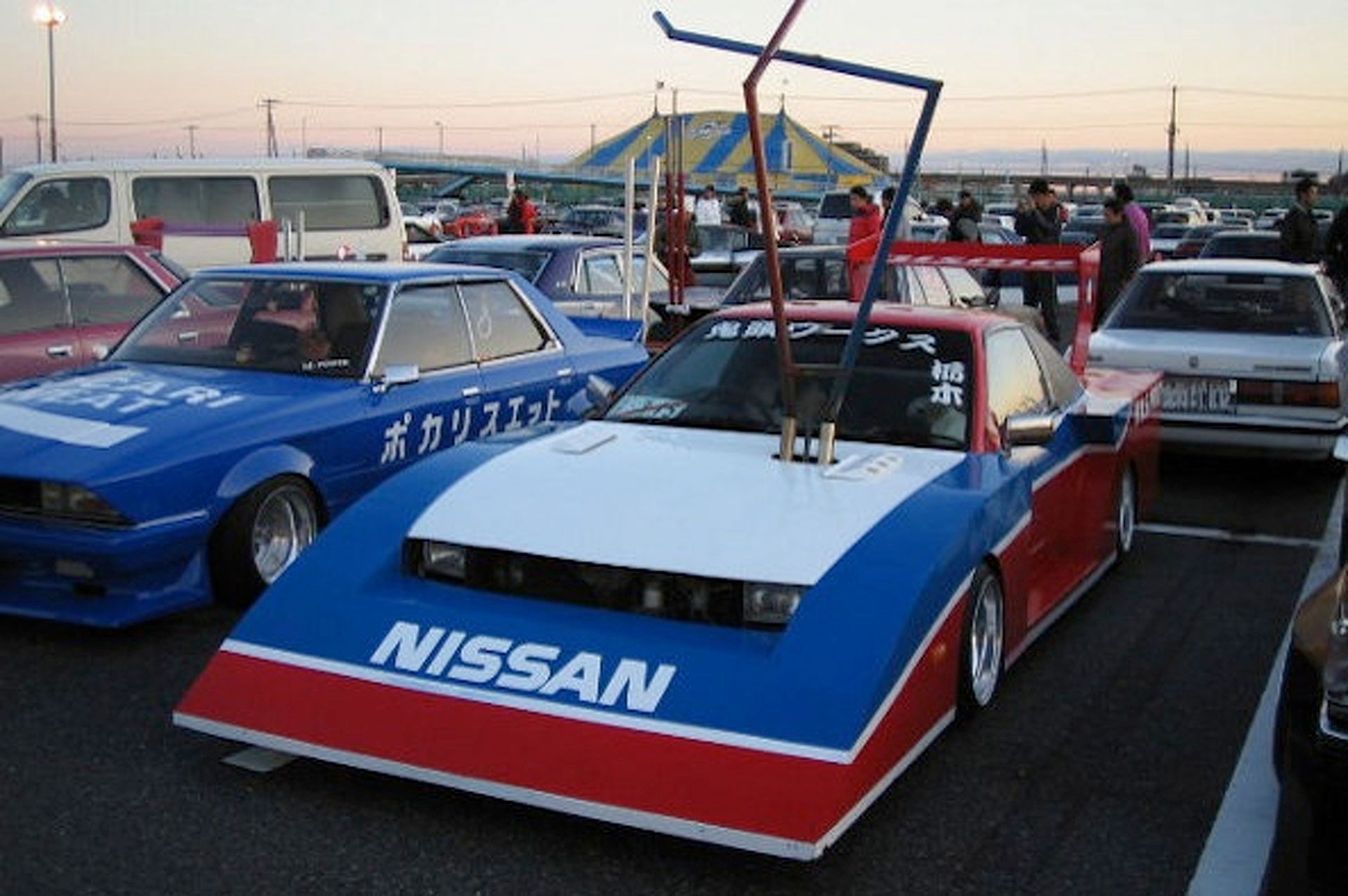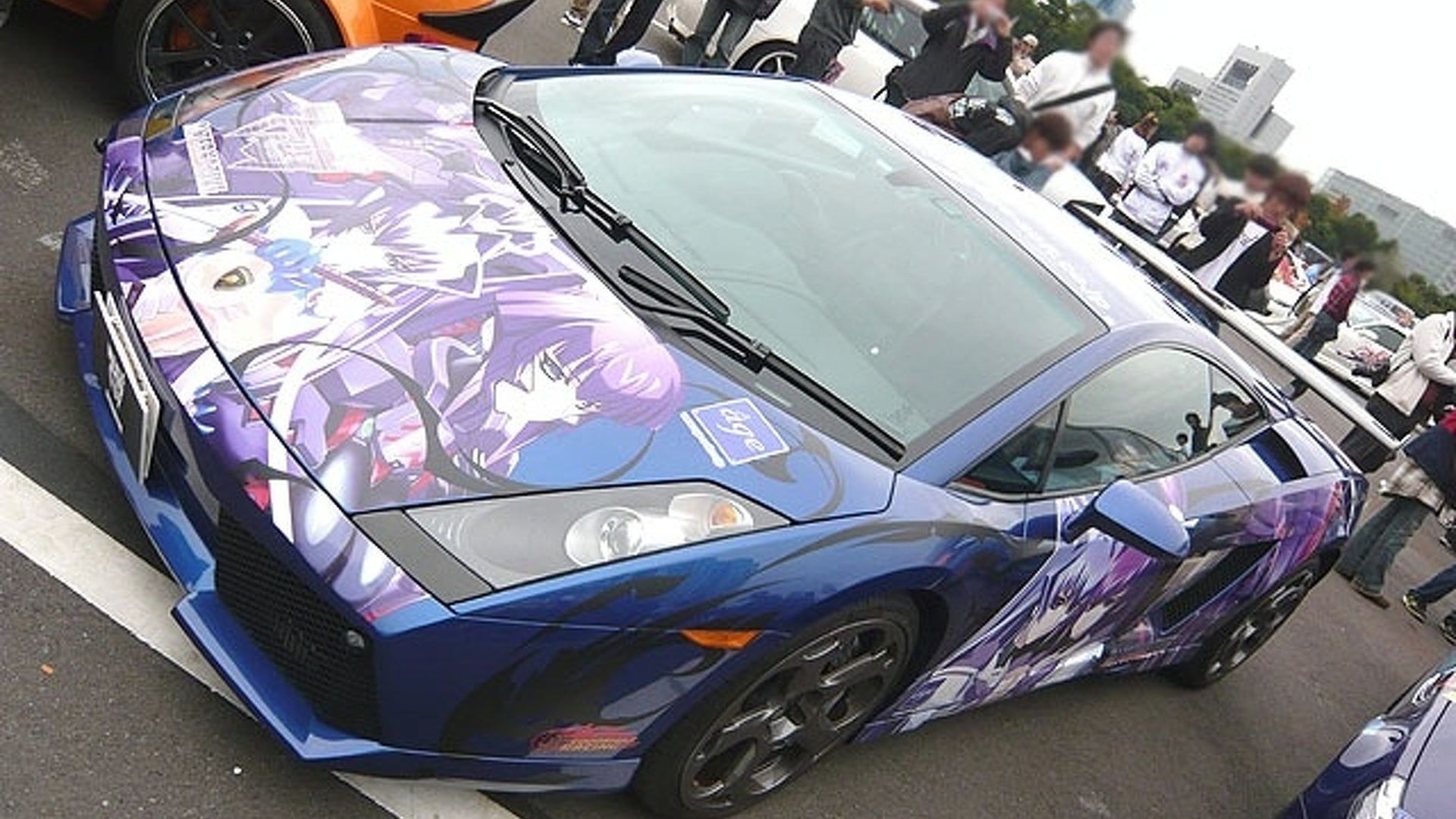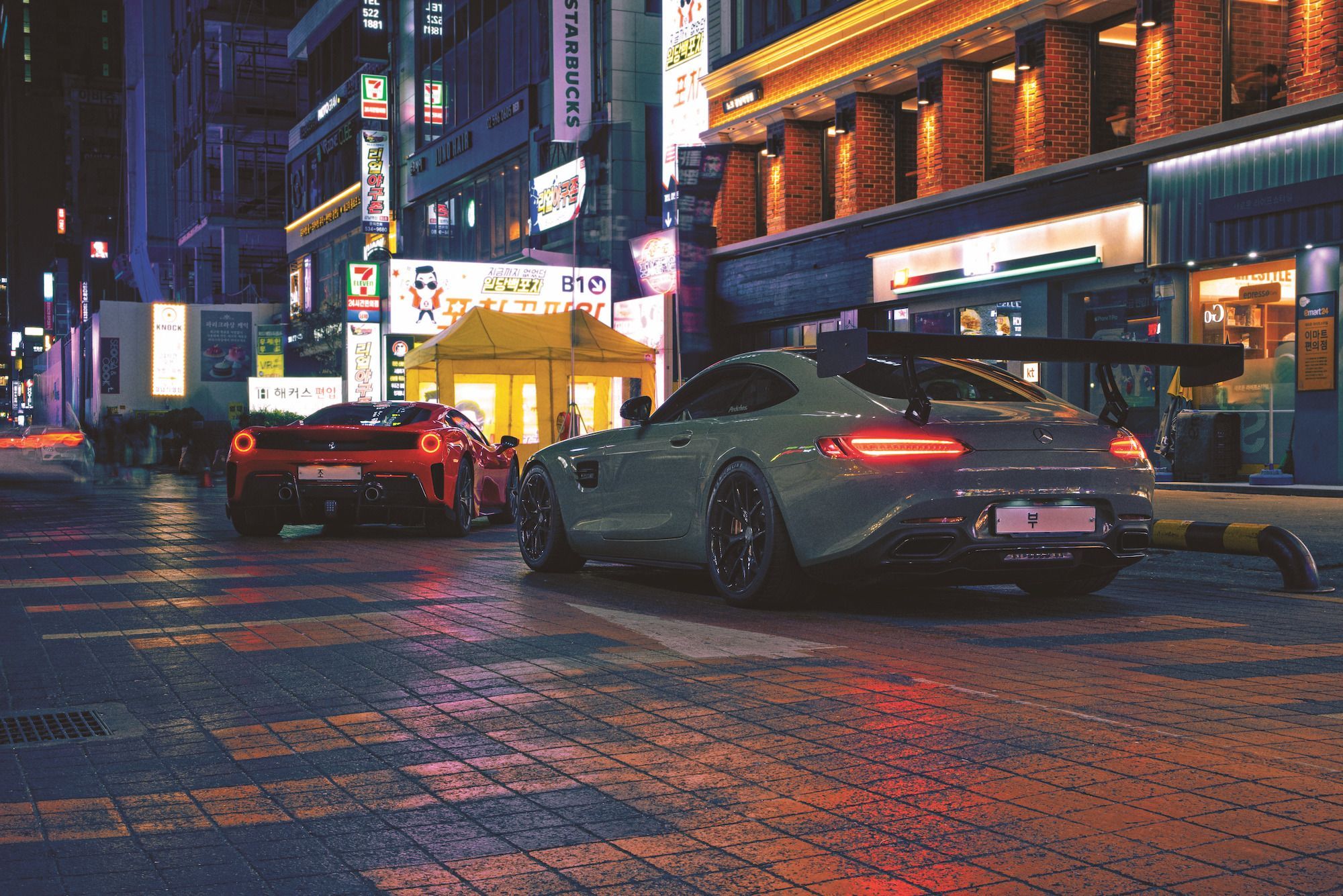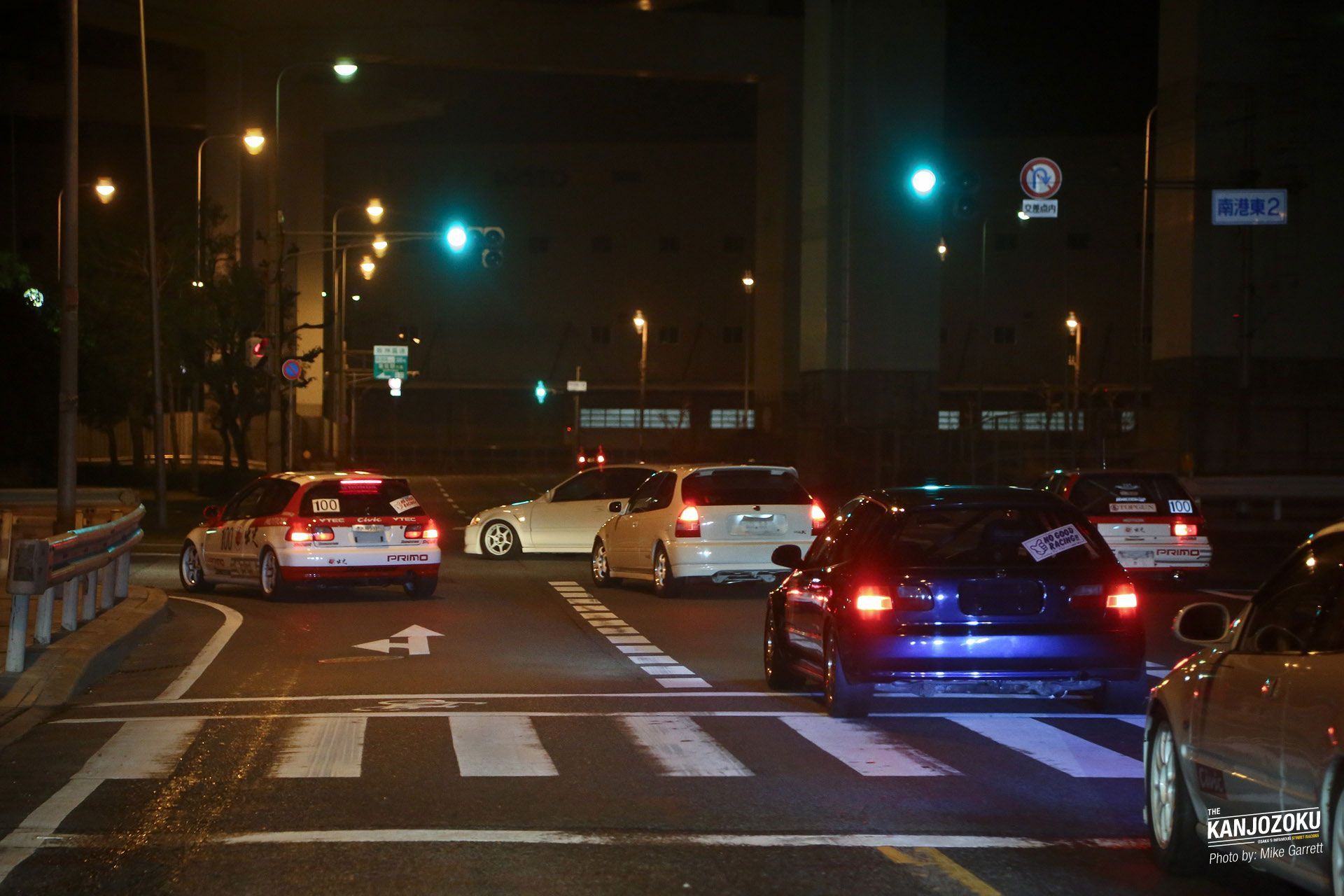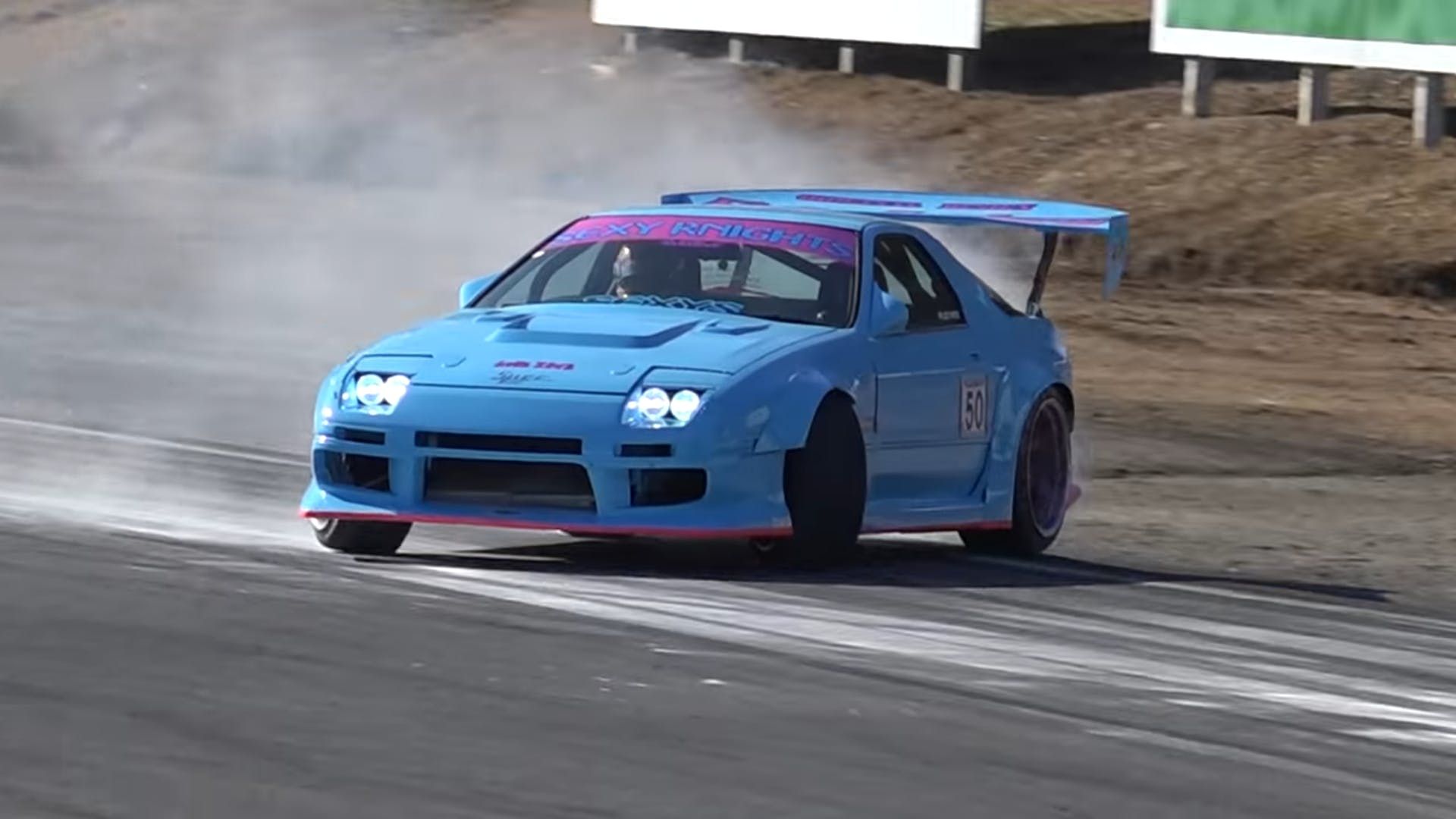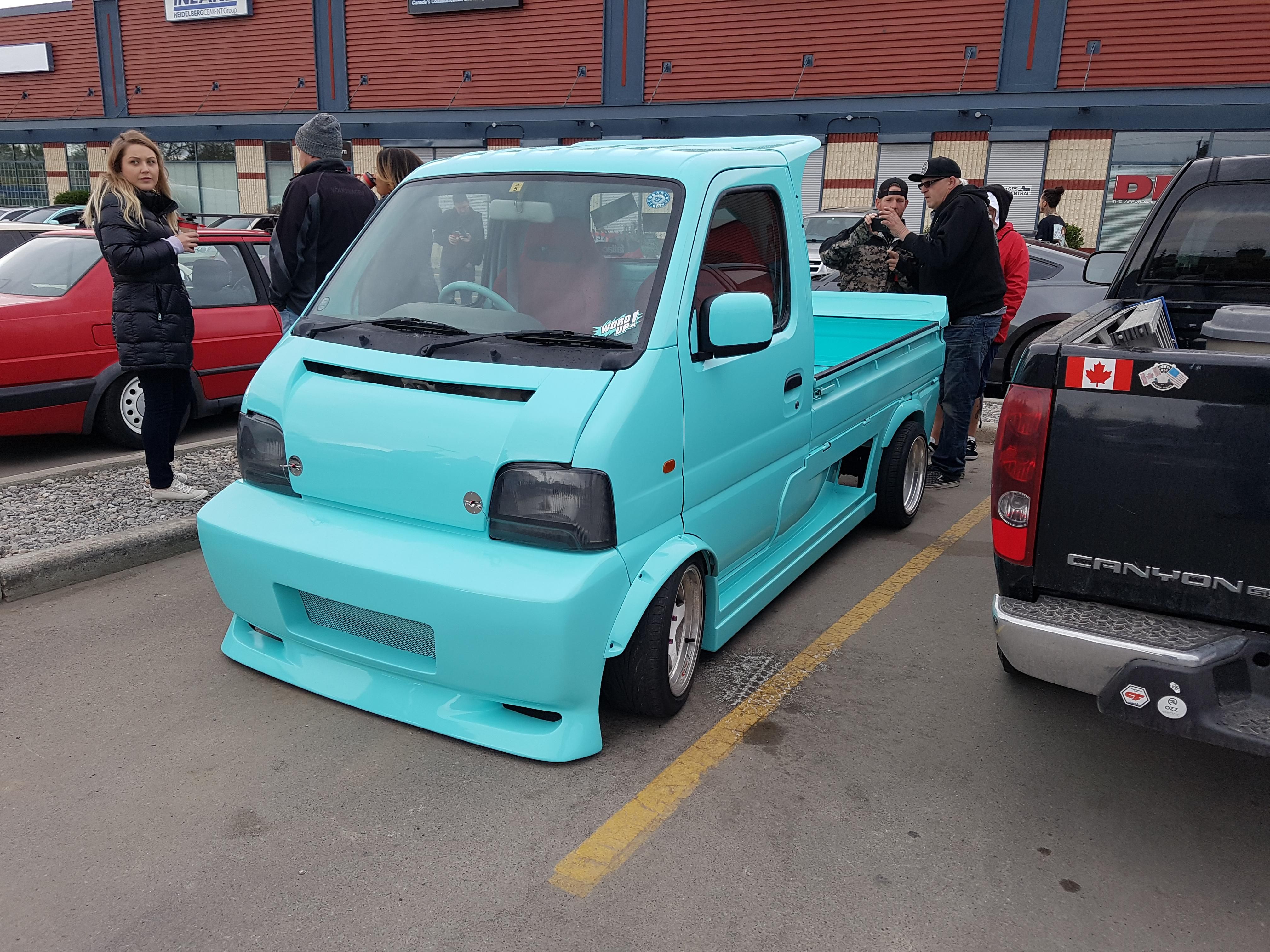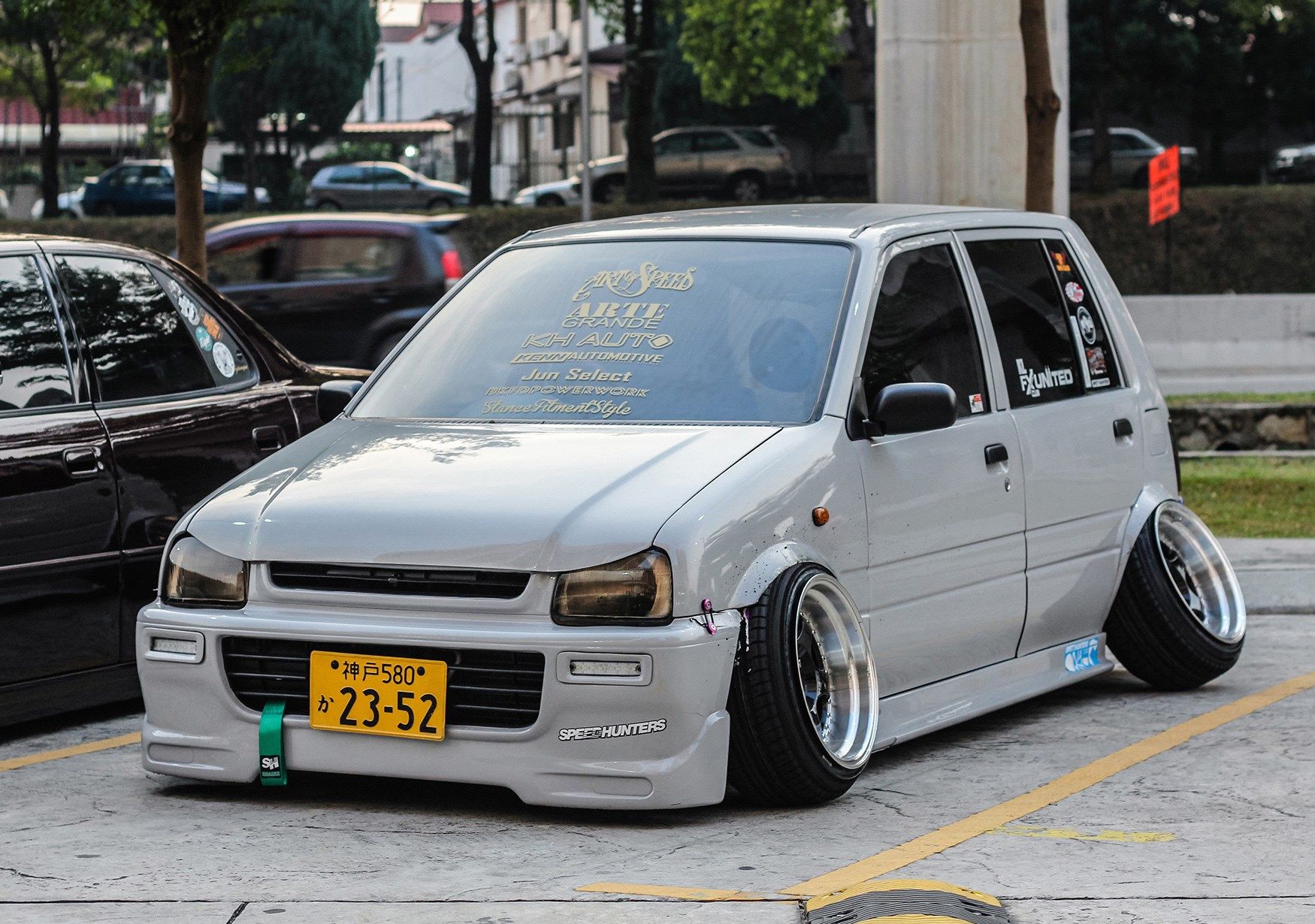The third film in the Fast and Furious franchise, Tokyo Drift, gave us a glimpse into the secretive world of the Japanese underground car scene and introduced many people to the unusual drifting technique which was invented by Japanese street racers.
However, there is a lot more to the Japanese underground car scene than can be shown in a 90-minute Hollywood movie, and there is a lot of history behind the various clubs that have sprung up around the country, as well as the weird and wonderful styles that Japanese drivers employ when it comes to modifying and customizing their street racing cars.
10 The Underground Car Scene Has Its Own Language
The underground car scene in Japan doesn’t just have its own sense of style and its own code of behavior, it even has its own language which is used to describe specific car modifications and styles of racing.
Zokusha is the term given to the street racing culture, and also describes the dramatic modifications which many street racers use, including wide-body kits, colorful paintwork, and custom rims. There are even specific terms for cars from different countries; Italian cars are known as Itasha while cars from the States are called Amesha.
9 The Culture Of Modified Cars Started With 1950s Gangs
The passion for modified cars and street racing started in the 1950s when young Japanese men started to rebel against the strict rules of society. One of the most famous and influential of these groups was the Bosozoku.
The Bosozoku are a motorcycle gang who not only launched their own rebellious and sometimes even violent counter-culture movement, but who also came up with some of the more extreme modifications which are still common today, and which have even been transferred to four-wheeled vehicles on the underground car scene.
8 Bosozoku Drivers Use Mods To Hide Their Cars From The Cops
The modifications which grew from the bosozoku gangs are often illegal on Japanese roads, and many drivers only show off their vehicles at underground car meets in cities across the country.
Taking bosozoku cars out on the streets is likely to attract the attention of the local police, so drivers have come up with their own clever modifications to prevent them from getting caught. They often fold up their license plates or cover them up with the bodywork, making it harder for the police to track down drivers caught on camera.
7 Even Truckers Get In On The Modification Craze
Crazy modifications may have started with motorcycle gangs before moving to car owners on the underground street racing scene, but they are not the only motorists who have taken to decorating their vehicles.
Dekotora is the name given to the unique style of custom decoration that Japanese truck drivers use on their vehicles. These dekotora trucks often feature lots of chrome bodywork, neon lights, and even works of art on the side of the vehicle, as well as lucky charms and personal tokens decorating the interior of the cab.
6 Anime And Manga Often Inspire Vehicle Artwork
The underground street scene doesn’t exist in a vacuum, and the customized cars that you will see at meets in Japanese cities every weekend are often influenced by other aspects of Japanese culture.
Manga graphic novels and anime, the animated versions of many of these same cartoons, is a significant part of youth culture in Japan, and car owners will often decorate their vehicles with vinyl stickers of characters from their favorite manga novels or anime shows and movies. This style even has its own name, itasha, which literally translates as “painful car”.
5 Different Cities Have Their Own Underground Car Clubs
Japan’s car counter-culture may have started in the capital city of Tokyo, but these days different cities all have their own underground clubs where like-minded petrolheads can meet and show off their modified vehicles.
The Middo Naito Kurabu or Midnight Club is one of the most famous of these clubs, founded in Tokyo in 1987 to allow drivers with souped-up cars to get together and hold illegal street races. To join, prospective members had to be able to achieve speeds of at least 200mph while driving through urban Tokyo.
4 And Many Clubs Have A Favorite Car
The Midnight Club may have got together to indulge in their shared passion for street racing, but other clubs formed around their appreciation for a certain make of car. For example, the members of the Kanjozoku club based in Osaka all drive modified Honda Civics, at least as their primary car.
The Honda Civic is a popular choice among street racers around Japan and it has even been a successful export to the rest of the world, so it is hardly surprising that it is celebrated by a local Japanese car club.
3 There Are Even Different Kinds Of Races For Drivers To Compete In
Japanese car culture isn’t just about modified vehicles, but also street races and contests which allow drivers to show off their car’s capabilities and their skills. Drifting may be the best known of the Japanese racing styles, thanks to the famous circular races on the Shuto Expressway in Japan which created the technique, but drivers often compete in other contests.
Touge races take place winding mountain roads, often with little room for maneuver, with the winner being the first to the bottom of the hill.
2 Modified Kei Cars Are Still Popular With Young Drivers
Given that so much of the underground Japanese car scene is about racing, it seems strange that so many young motorists are still driving modified kei cars. Kei cars are compact vehicles, first developed in Japan in the years after World War II to make it easier for motorists to be able to afford cars.
These tiny cars are still in production today, and while they may not have much power under the hood, they have a certain sense of style which still appeals to young drivers.
1 Onikyan Is A Popular But Bizarre Mod For Kei Cars
Modifying kei cars is one way to make them stand out from the crowd, and although they only provide a small canvas there is still a lot that drivers can do to custom their kei car. A modification known as onikyan - loosely translated as “demon camber” - features wheels that stick out at seemingly impossible angles away from the body of the car.
It may look cool, but it offers no mechanical advantage and is likely to damage the car if you try and drive it any distance.

